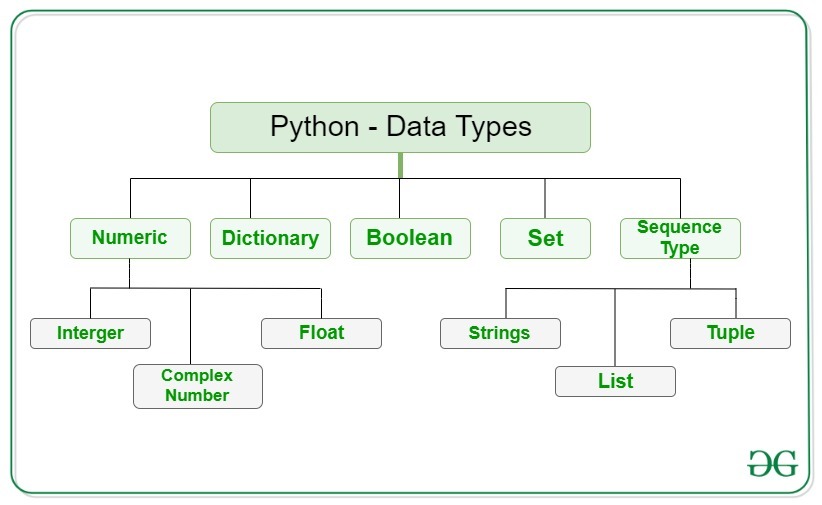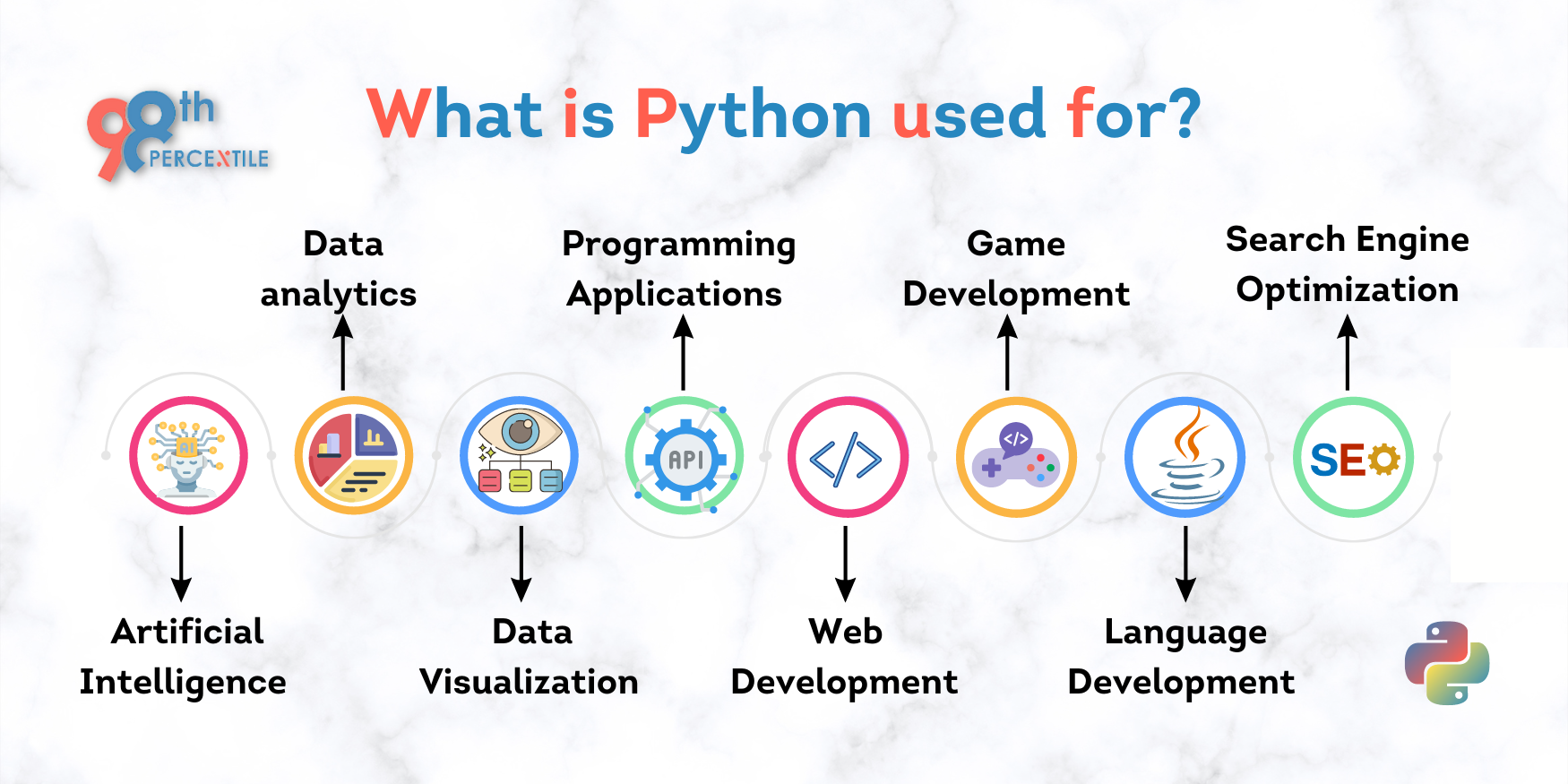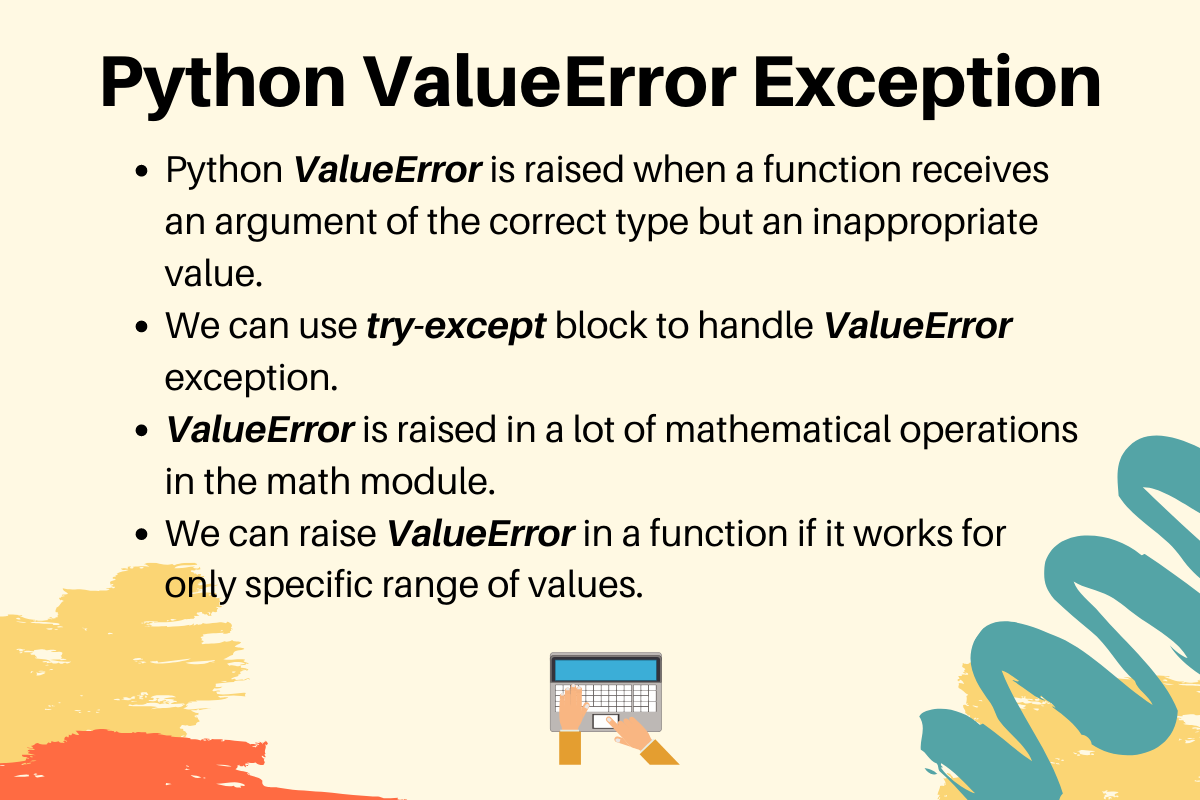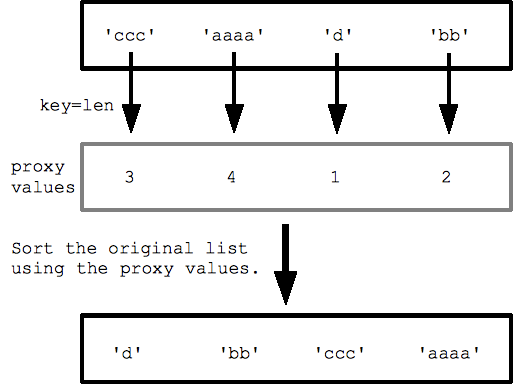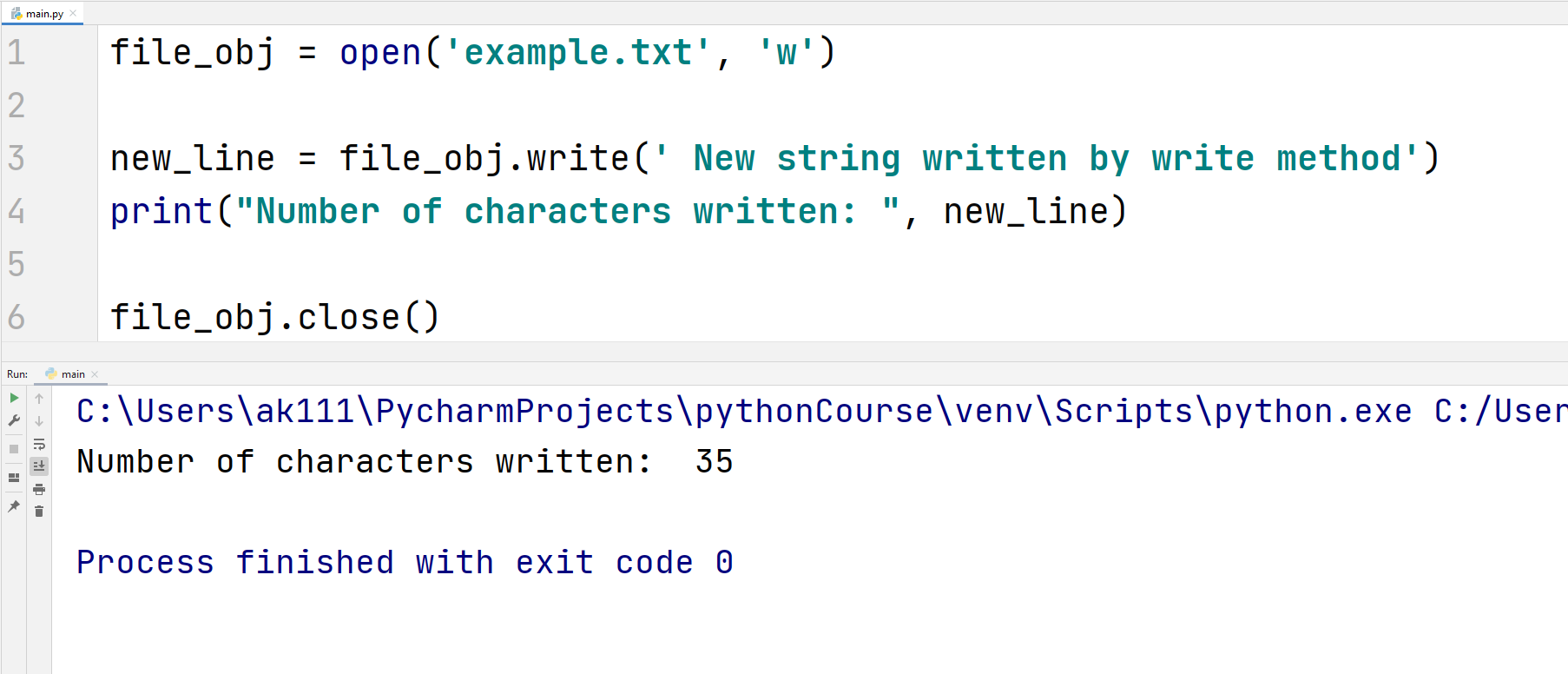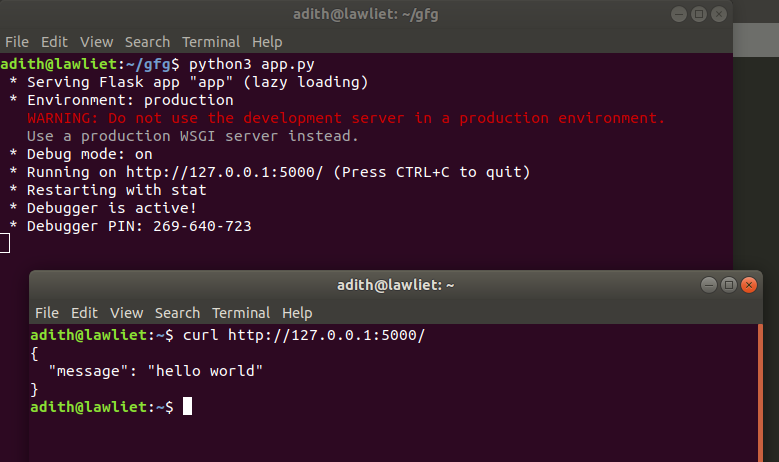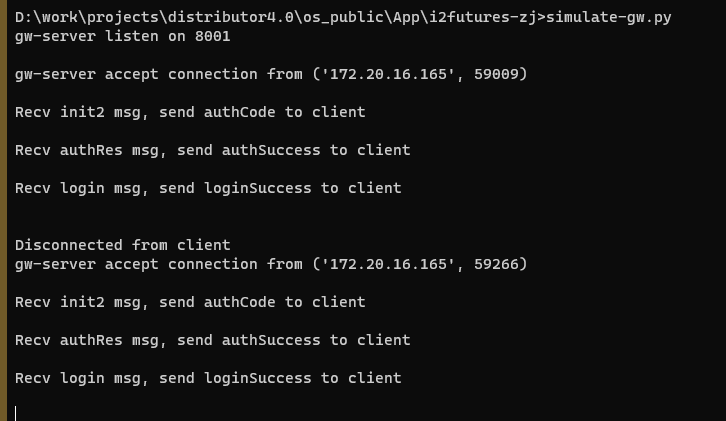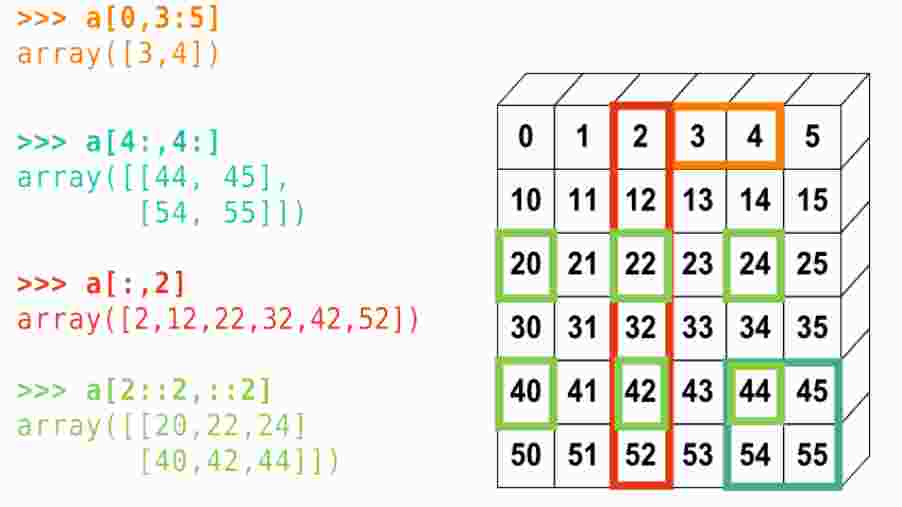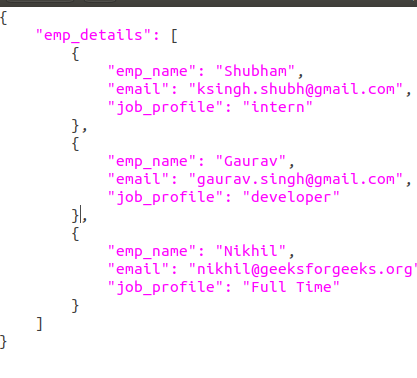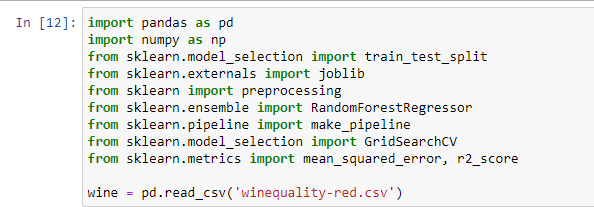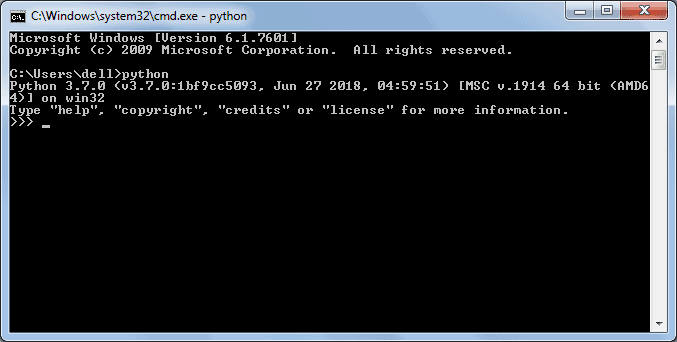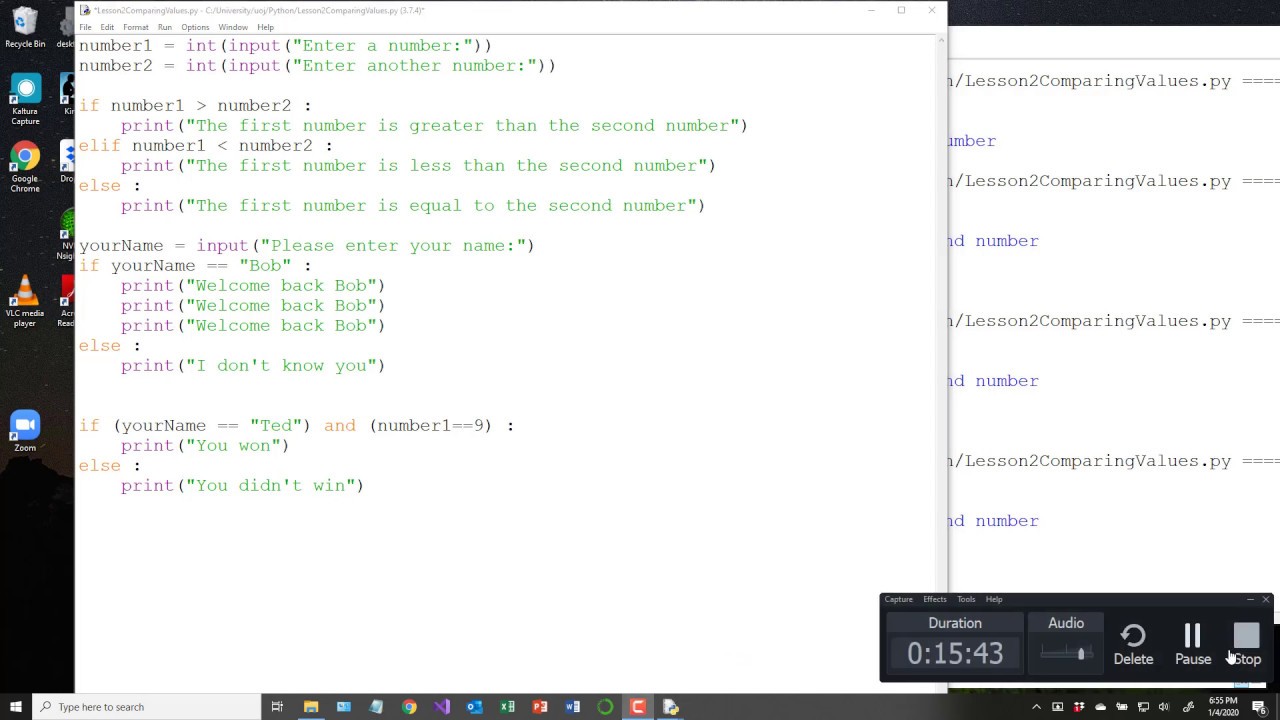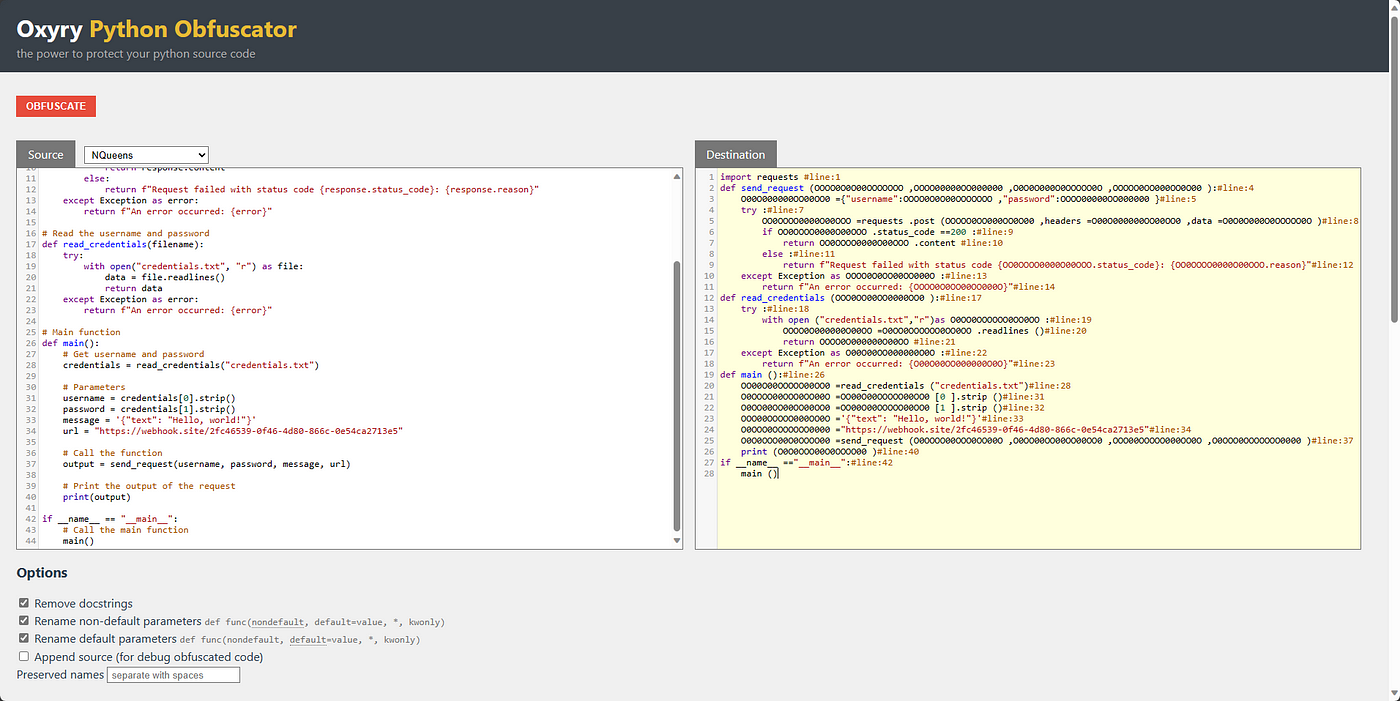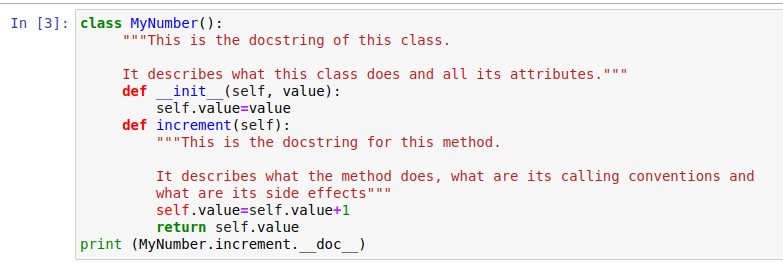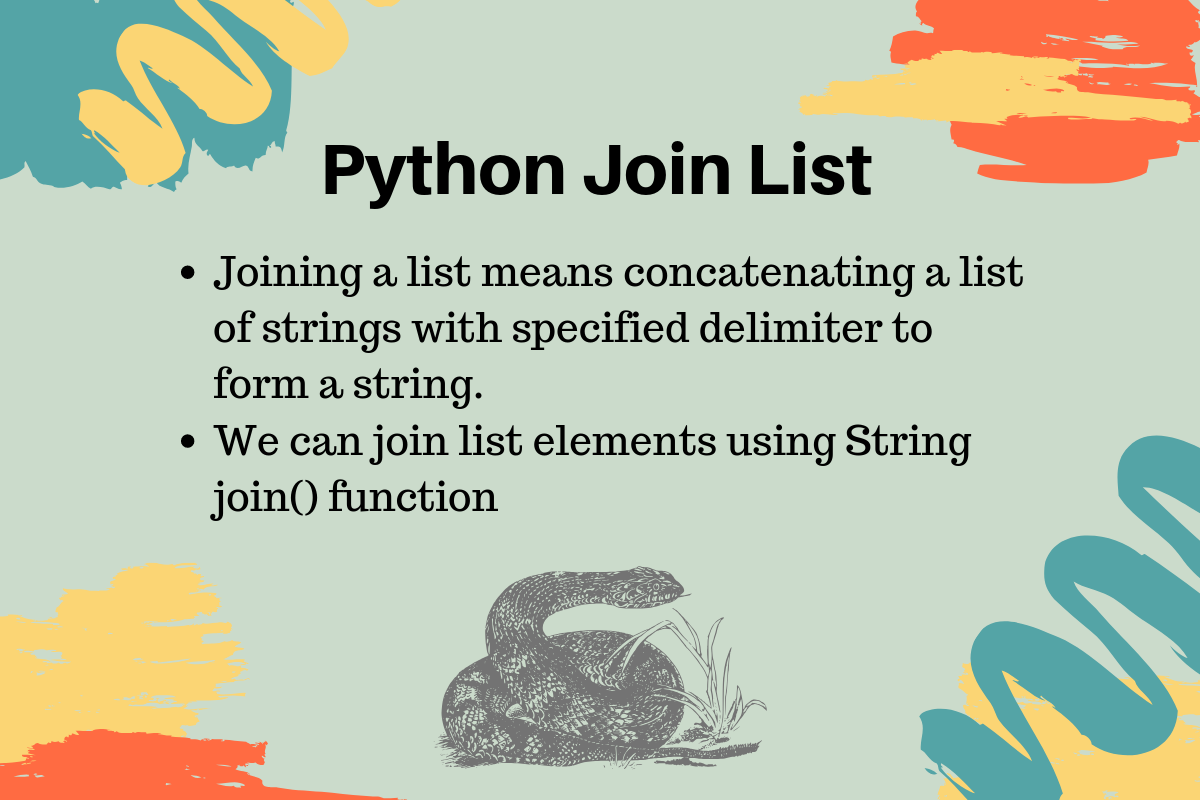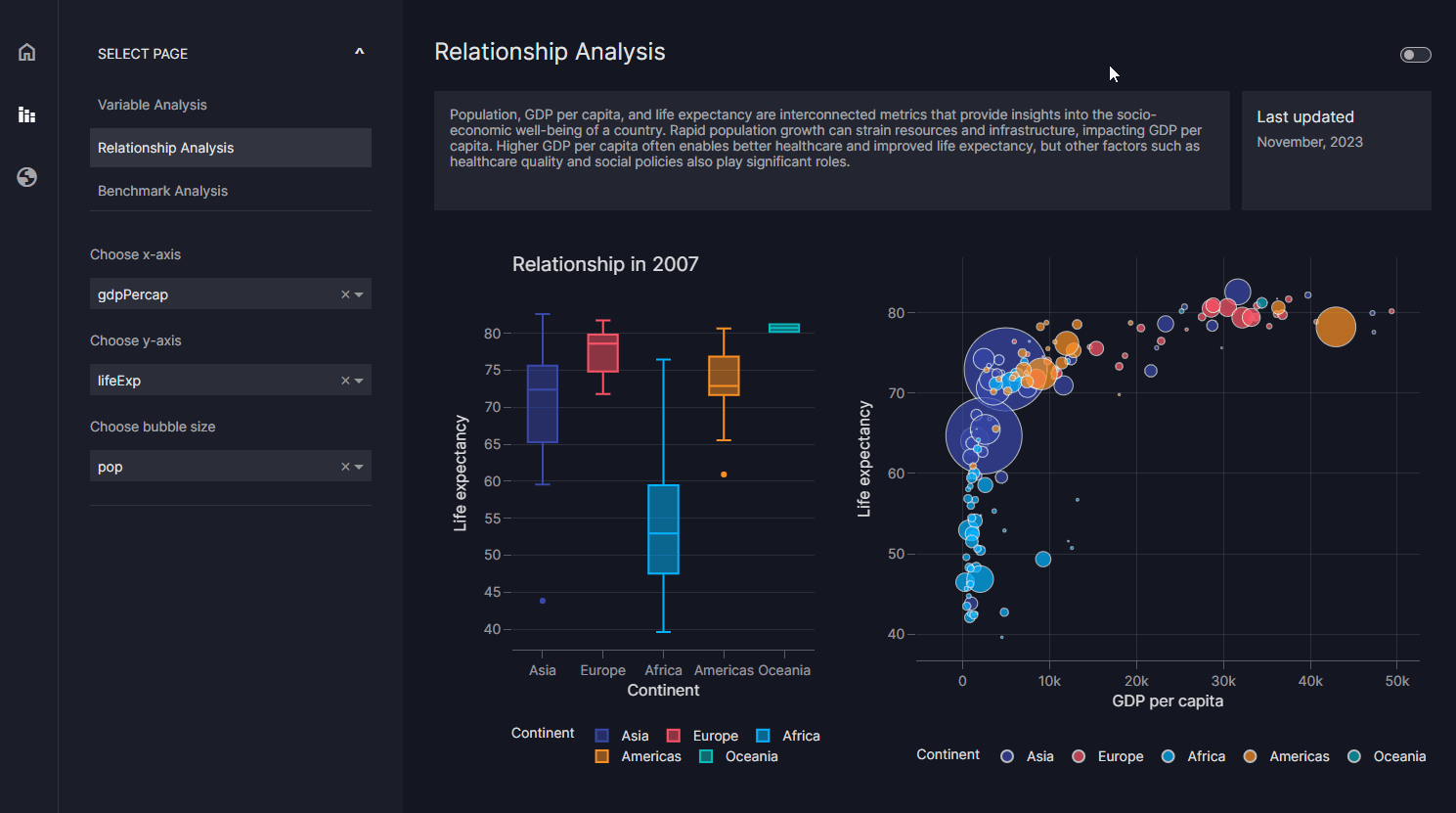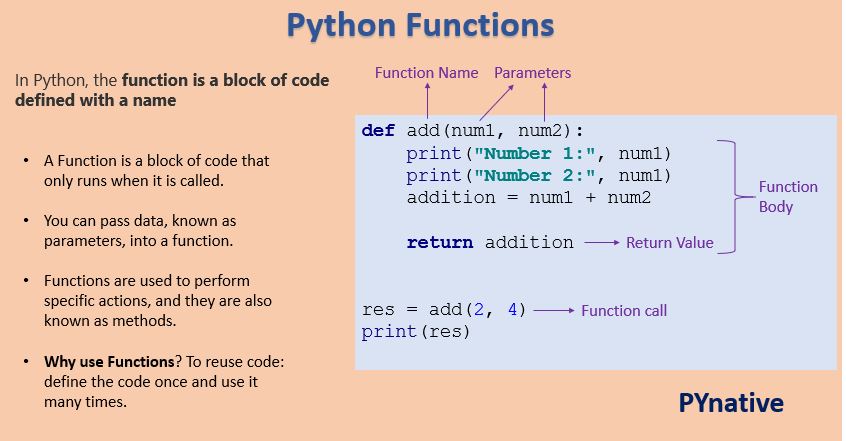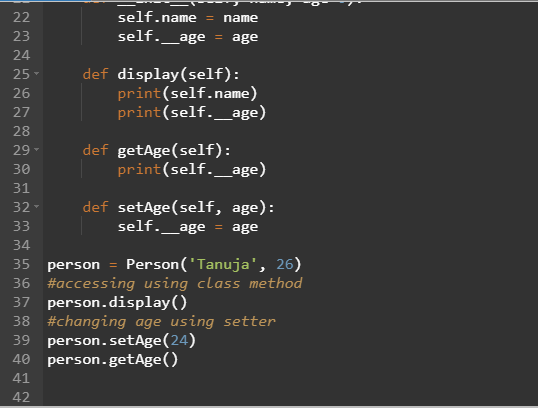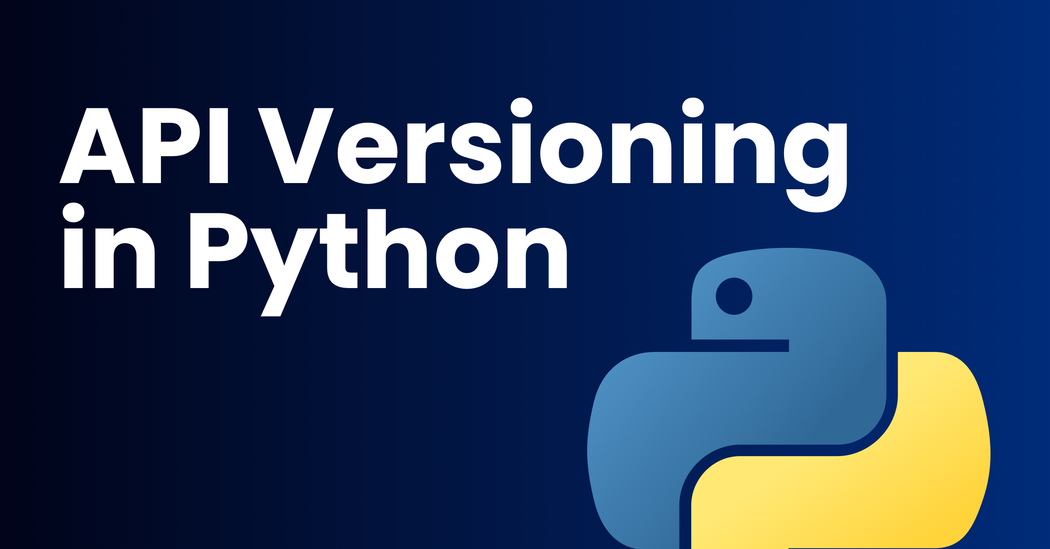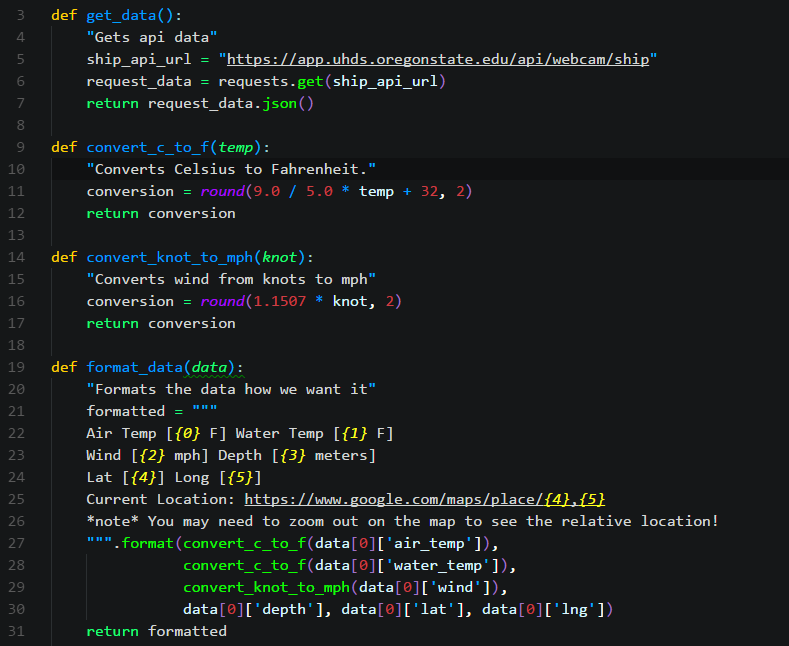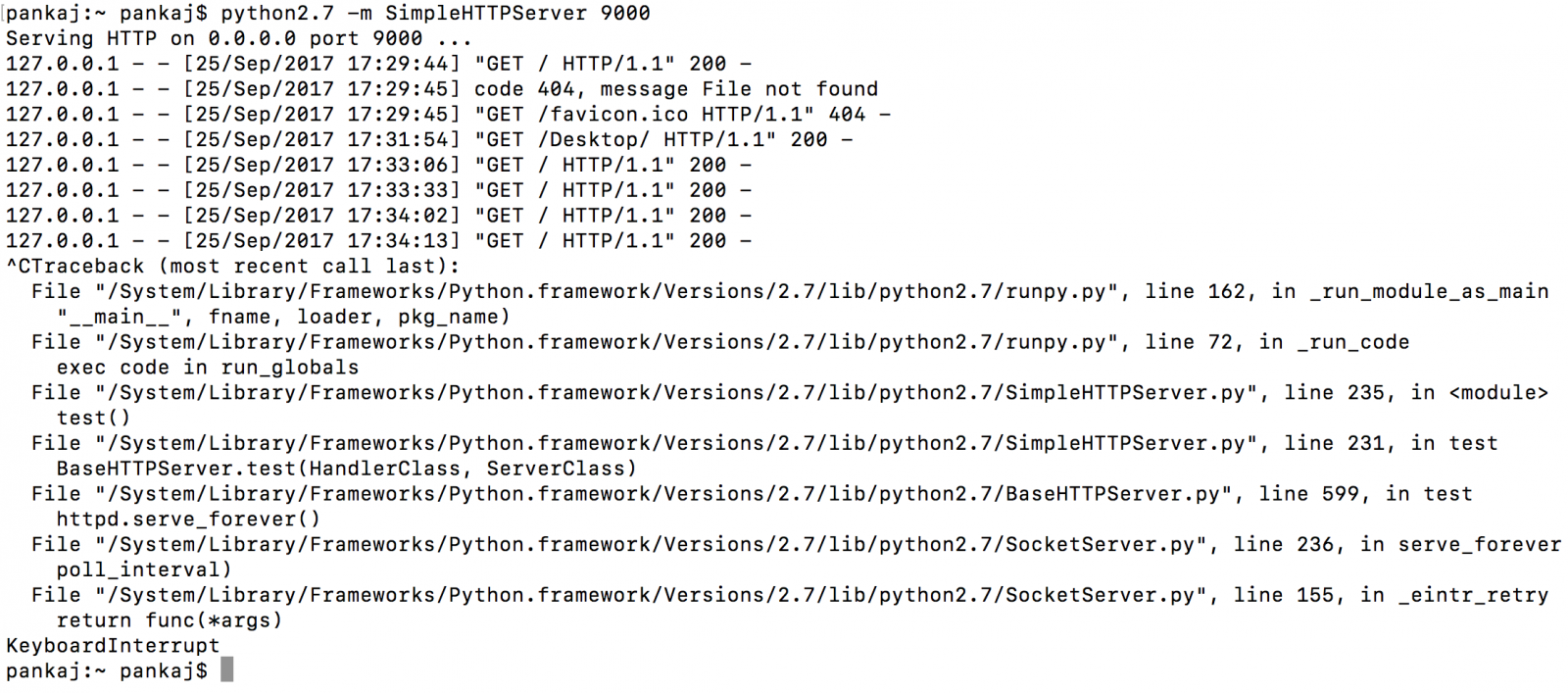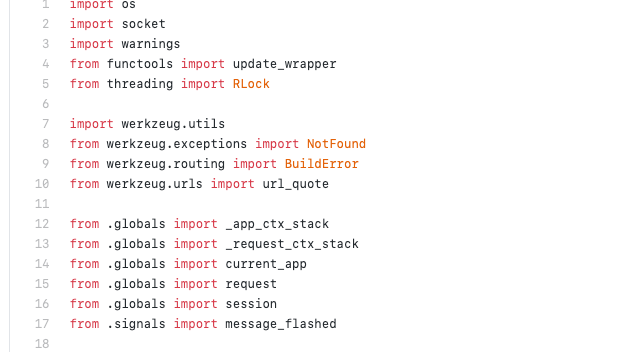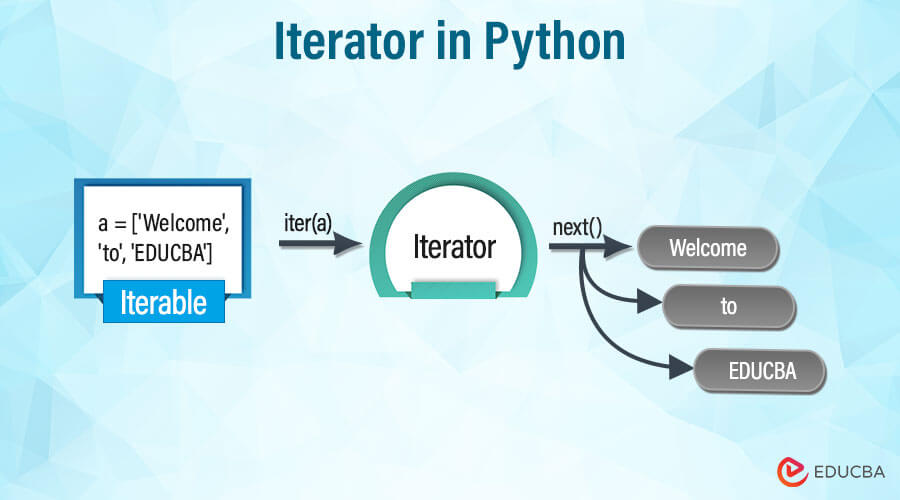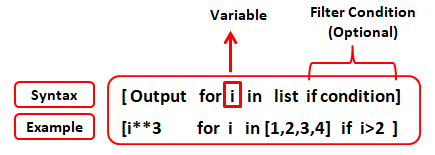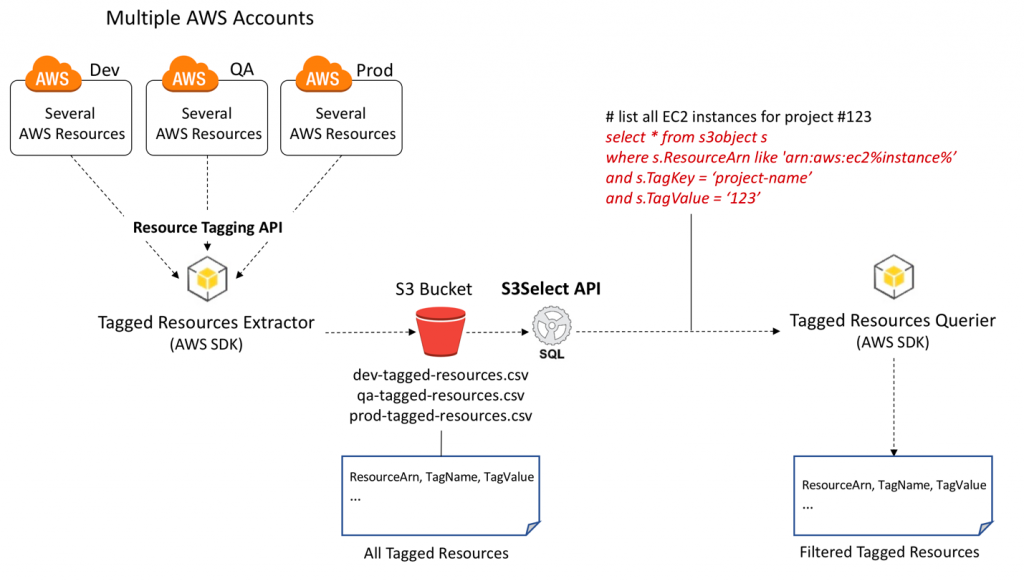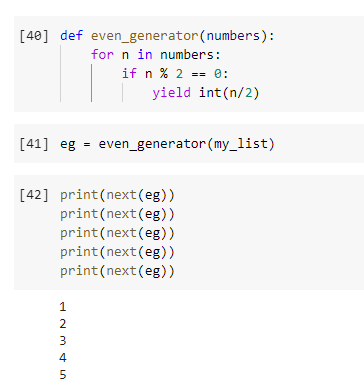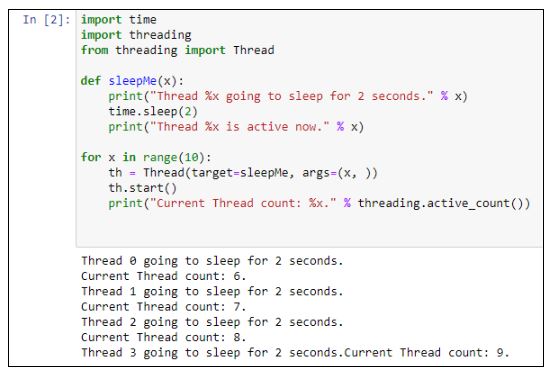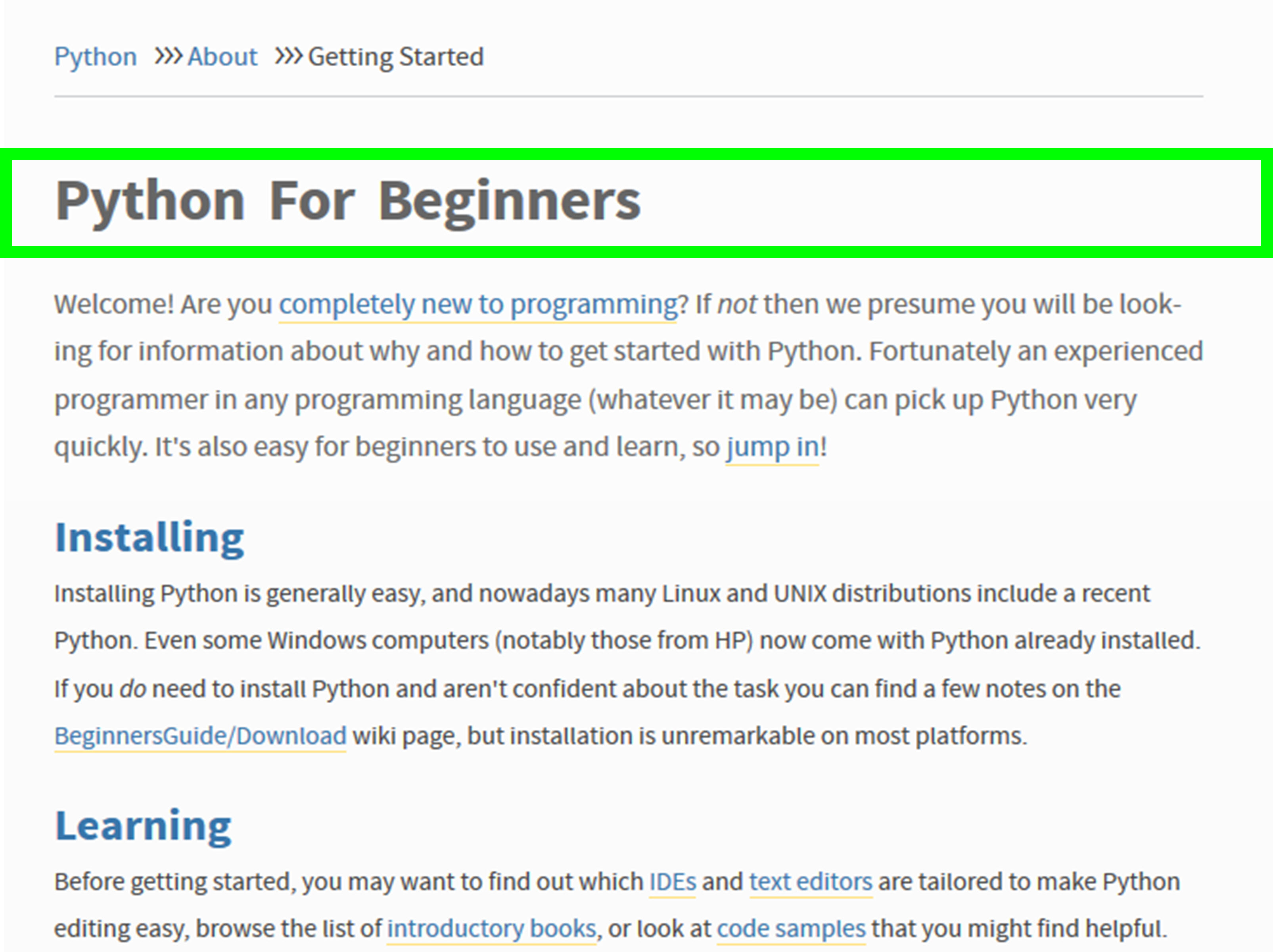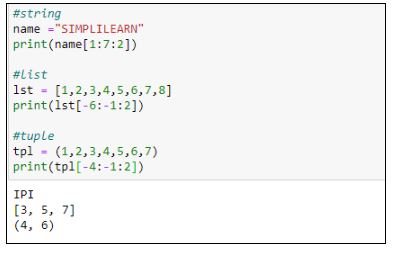How do I download a Python server?
How do I download a Python server?

I'm happy to help you with that!
To download a Python server, we'll explore two options: a lightweight web framework and a full-fledged web development environment. Let's get started!

Option 1: Flask or Bottle - Lightweight Web Frameworks
If you're looking for a simple, minimalistic approach to building a Python server, consider using Flask or Bottle. These frameworks are ideal for small projects, prototyping, or even hobbyist projects.
To download and install either of these frameworks:
Install pip (Python's package manager) if you haven't already:python -m ensurepip Use the following commands to install Flask or Bottle: For Flask: pip install flask (or python -m pip install flask)
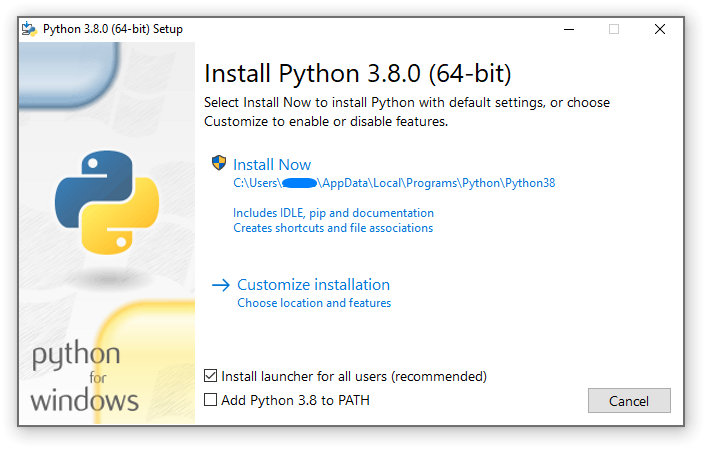
pip install bottle
Here's a basic "Hello World" example for both frameworks:
Flask
from flask import Flask
app = Flask(name)
@app.route('/')
def hello_world():
return 'Hello, World!'
if name == 'main':
app.run(debug=True)
Bottle
from bottle import route, run
@route('/')
def hello_world():
return 'Hello, World!'
run(host='localhost', port=8080, debug=True)
Run the server by executing the Python script. For Flask: python app.py, and for Bottle: python main.py.
Option 2: Django or Pyramid - Full-Fledged Web Development Environments
If you're looking to build a more comprehensive web application with features like database integration, authentication, and routing, consider using Django or Pyramid.
To download and install either of these frameworks:
Install pip (Python's package manager) if you haven't already:python -m ensurepip Use the following commands to install Django or Pyramid: For Django: pip install django (or python -m pip install django) For Pyramid: pip install pyramid
Here's a basic "Hello World" example for both frameworks:
Django
# myapp/views.py
from django.http import HttpResponse
def hello_world(request):
return HttpResponse('Hello, World!')
myapp/urls.py
from django.urls import path
from .views import hello_world
urlpatterns = [
path('', hello_world),
]
manage.py runserver 0.0.0.0:8000
Pyramid
You'll need to create a new project with Pyramid using the following command:
pcreate -t pyramid (this will create a basic project structure)
Then, in myapp/views.py, add:
from pyramid.response import Response
def hello_world(request):
return Response('Hello, World!')
Finally, run the server by executing the command: pserve myapp.config
This will start a development server on http://localhost:6543/
In both cases, you can access your server by visiting the address in your web browser (e.g., http://localhost:8000 for Django or http://localhost:6543/ for Pyramid).
That's it! You now have two lightweight and full-fledged options to get started with building Python servers.
Python chef download github
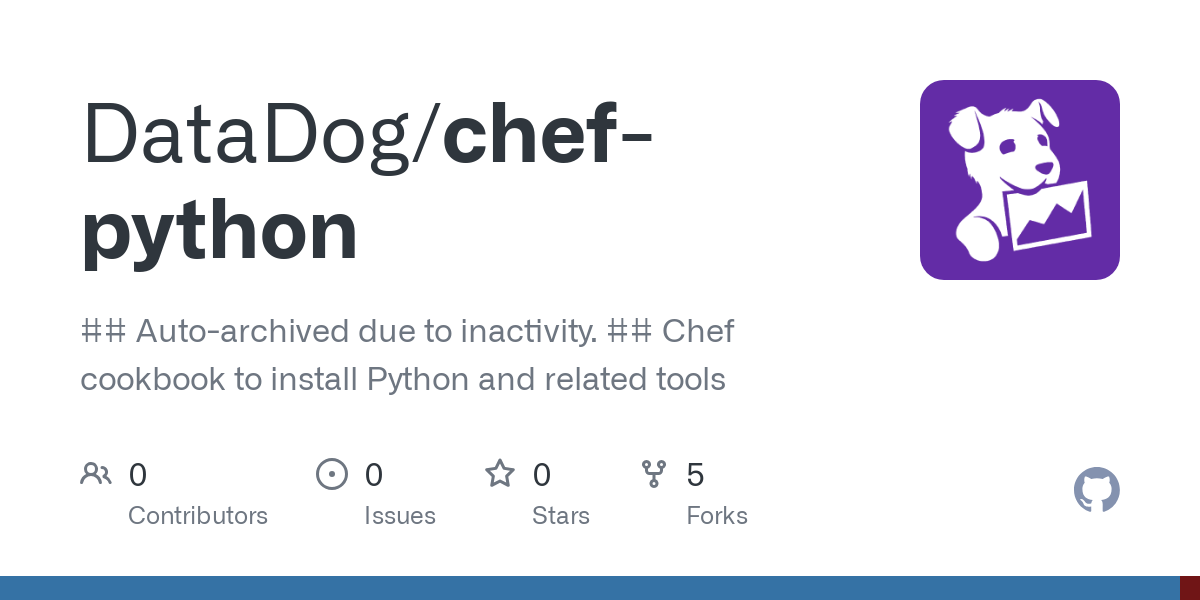
I'm happy to help you with that!
Python is an incredibly popular programming language used by developers worldwide. As a result, there are countless libraries and frameworks available for various tasks. When it comes to downloading Python packages or projects from GitHub, here's what you need to know:
GitHub: GitHub is a web-based platform for version control and collaboration on software development projects. It allows users to store, manage, and share their code with others. Python Package Index (PyPI): PyPI is the official repository of Python packages. You can search and download various Python packages from there.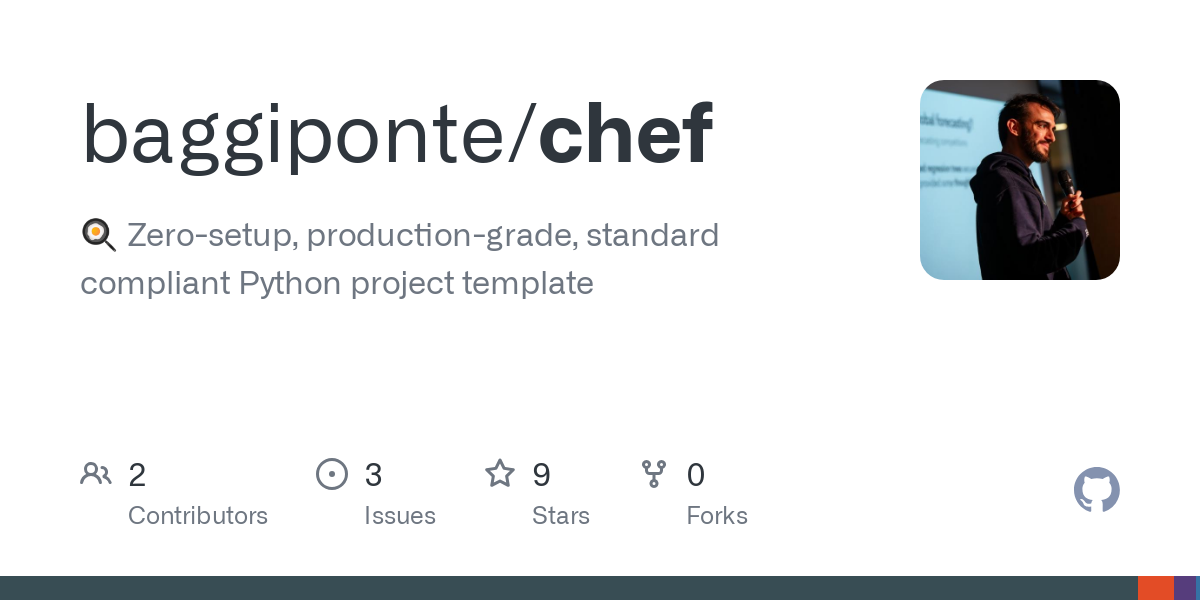
To download a Python project from GitHub using pip, follow these steps:
a. Open your terminal or command prompt.
b. Install the git package if you don't have it installed: pip install git+https://github.com/gitpython-developers/PyGitHub.git
c. Clone the repository by running the following command:
git clone https://github.com/YOUR_GITHUB_USERNAME/REPO_NAME.git
Replace YOUR_GITHUB_USERNAME with your actual GitHub username, and REPO_NAME with the name of the project you want to download.
d. Navigate into the cloned directory: cd REPO_NAME
e. Run pip install command to download the Python package:
pip install .
If the project contains multiple packages or frameworks, you may need to run separate pip install commands for each one.
Alternatively, you can use GitHub CLI (Command-Line Interface) to easily clone and install a repository:
gh repo clone YOUR_GITHUB_USERNAME/REPO_NAME
cd REPO_NAME
pip install .
For more complex projects or packages that require additional dependencies, consider using a package manager like Anaconda or Conda.
Lastly, remember that when you download a project from GitHub, it's essential to read and understand the licensing terms (if applicable) and acknowledge any open-source licenses before using the code in your own projects.
